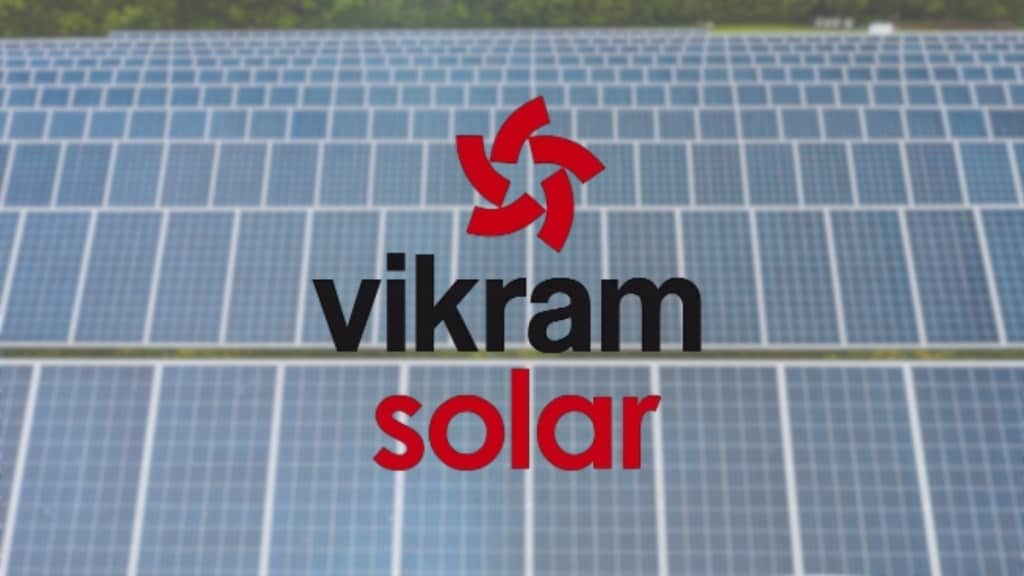The recently listed solar module manufacturer, Vikram Solar, posted a strong set of numbers in the first quarter of FY26. The company’s profit after tax (PAT) grew by 483 per cent YoY to Rs 133 crore vs Rs 22.8 crore in the corresponding quarter of FY25.
Furthermore, Vikram Solar registered a 79 per cent YoY revenue growth in the quarter. The company’s revenue stood at Rs 1,133 crore in Q1 FY26, while its revenue in Q1 FY25 was Rs 630 crore.
Vikram Solar growth drivers: Order book
Recently, India announced that 50 per cent of its power demand is met through renewable energy. As the country pushes for the renewable energy sector growth to decrease its dependency on fossil fuels, solar power is going to play an important role. That’s where the solar PV module manufacturers like Vikram are seeing growth opportunities.
Amid the solar energy demand boost, Vikram Solar’s order book has soared. In a statement, the company said that its order book stands at 10.96 GW. The key orders that the company received include a 336 MW solar module supply order from L&T, a 326 MW solar module supply order from GIPCL, and a 250 MW solar module supply order from Bondada Group.
Vikram Solar growth drivers: Margin boost
Vikram Solar registered an order growth, and its margins have also started growing, giving an impressive profit growth in Q1. The company’s profit margin increased by 810 basis points to 11.7 per cent in Q1 FY26. In the corresponding quarter of FY25, Vikram Solar’s profit margin was 3.6 per cent.
Vikram Solar growth drivers: Capex boost
The company is also looking at aggressive expansion and capacity utilisation. At the end of the June quarter, Vikram Solar’s capacity utilisation stood at 89.2 per cent.
Gyanesh Chaudhary, Chairman & Managing Director, Vikram Solar, said in a statement, “On the capex front, we are undertaking a transformational growth journey. We are scaling our manufacturing capacities by ~4x, supported by a buoyant demand environment.”
Chaudhary added that the company is strategically backwards integrating into solar cell manufacturing, which gives it supply chain security and cost competitiveness and strengthens our position across the value chain.


